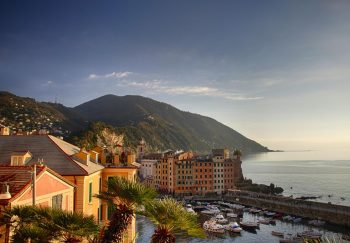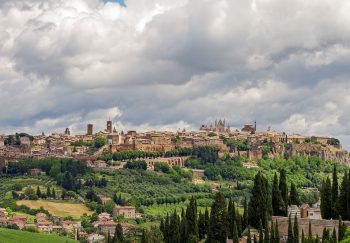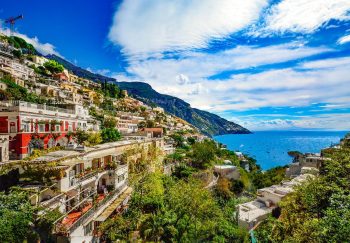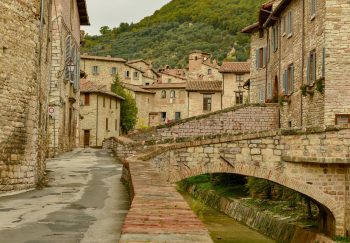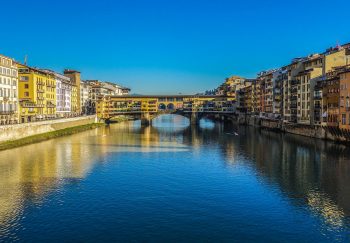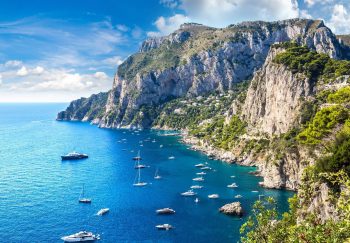If you’ve ever read enough travel writing, whether on this site or elsewhere, you have likely heard phrases such as “high season” or “low season”. “High” and “low” are used to indicate tourist numbers. This refers to the time of year when a destination is most visited (and thus most crowded). The tourist seasons correspond to the four seasons on the calendar: spring, summer, winter and fall. However, it is a bit more complicated in Italy.
Tourism Seasons
There are two tourist seasons in Italy: “High” and “Low”. But, in the middle are what we call “shoulder season”. These can be unpredictable, so it is worth traveling in the shoulder seasons. Below I will discuss the different tourist seasons in Italy.
Remember that tourist seasons are not like calendar seasons. They are more fluid. Today, there are months that fall into the high season category. These were once shoulder seasons. The tourist seasons can also change depending on where you are located in the country. Less-visited areas won’t be as crowded and expensive during high season than cities like Rome or Florence, even during shoulder seasons. Even though Italy is a popular country, low season tourists aren’t necessarily absent.
More reading:
- Festivals & Holidays in Italy
- Weather in Italy
(adsbygoogle = window.adsbygoogle || []).push({});
Italy’s High Seasons
Summer is the main high season in Italy, but it isn’t as easy as June-August. The summer high season covers June, July, August, and ends around September.
Other brief spikes into high-season territory are possible during other non-high season seasons. These spikes are associated with major holidays and events in Italy that many people travel to see, both from Italy and abroad.
Easter has a huge following, especially in Rome due to the events taking place in and around as well as in Florence, with its explosive Easter traditions. Another mini-high season is the . Easter and Carnival are both on the liturgical calendar. Their dates change each year. Even if you don’t plan a trip around these holidays, it is a good idea for you to check the calendar to determine if your travel plans can be adjusted to avoid or seek out those celebrations.
Christmas in Italy isn’t that big of an issue – the Epiphany, which falls on January 6th, is the most important religious holiday. However, there is a slight spike into a tourist season around Christmas and into .
There are many smaller festivals and events in the area that can bring in high crowds and prices, regardless of when they happen. These include EuroChocolate, Alba’s White Truffle Festival, and the Palio, Siena. It’s always a good idea to consult the Italy calendar when planning your trip.
More reading:
Italy’s Low Seasons
Italy’s low tourist seasons is the closest to a calendar season. It’s basically winter. It could even begin in November and continue through February, minus the spikes mentioned above.
Winter is the exception. This applies to all mountain areas that are known for their winter sports. Winter is high season for skiing, snowboarding and winter mountain hiking in mountains with snow.
More reading:
- Winter in Italy
Italy’s Shoulder Seasons
The shoulder seasons are my favourite season to travel in, and this is true for Italy as well. The shoulder seasons were essentially spring and fall, but Italy’s popularity means that the high season has been extended into the shoulder seasons. It is now a bit more difficult to find the sweet spots of shoulder seasons.
Although spring is the last shoulder season in Italy, it only lasts two months – March and April. Over the years, fall has been more popular than ever. September has been absorbed into high season and October has also been absorbed. Some areas see high season prices that don’t drop until October end. Therefore, the autumn shoulder season lasts only until late October or most of November.
August, as I mentioned, isn’t included in high summer season. This is because most Italians travel by high-tail to escape the heat and humidity of summer. Although prices for things such as airfare and hotel rooms are still high-season, the number of people in cities is noticeably lower. However, the crowds at the beaches are usually the largest – because that’s where the Italians like to cool off.
More reading:
- Spring in Italy



